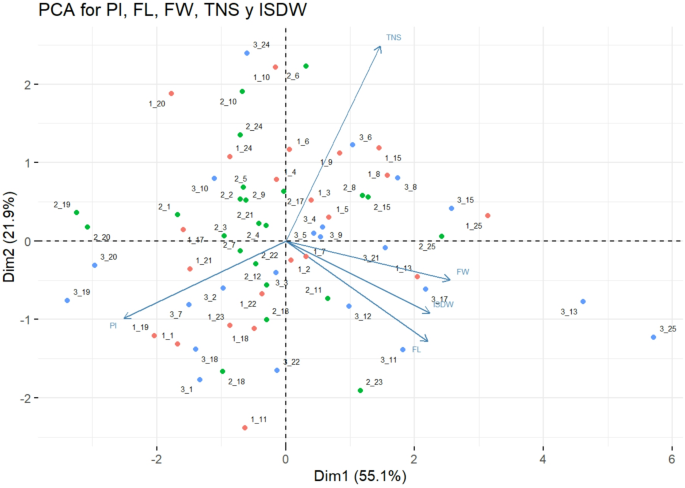
- Select a language for the TTS:
- UK English Female
- UK English Male
- US English Female
- US English Male
- Australian Female
- Australian Male
- Language selected: (auto detect) - EN
Play all audios:
With the stock market suffering another serious bout of volatility, investors can expect Ben Bernanke to stay on message about the central bank’s remedy for the stalling economy at his
appearance before before Congress today. But most analysts say the Federal Reserve chairman will move cautiously even if the Fed cuts interest rates by half a percentage point at its Jan.
29-30 meeting, as many now expect. Federal Reserve Bank Chairman Ben Bernanke Dennis Cook Bernanke began speaking to the House of Representatives Budget Committee at 10 a.m. ET. The
testimony is being aired live on CNBC.com. In a speech Jan.10, Bernanke made it clear that the health of the economy had deteriorated significantly since the Fed cut rates by a
less-than-expected quarter of a percentage point in early December. He indicated that the central bank is more concerned about growth than inflation at this point and will respond
accordingly. “ I don’t think they’re going to keep cutting without regard to what’s happening with inflation and the economy,” says FAO Chief Economist Robert Brusca, who says the only key
economic indicator pointing to recession at the moment is the trend in unemployment rate. “After they give us this next one, I don’t think they’ll be too quick to pull the trigger,” adds
Brusca. EYE ON INFLATION A closer look at Bernanke’s speech suggests as much. “Incoming information has suggested that the baseline outlook for real activity in 2008 has worsened and the
downside risks to growth have become more pronounced,” Bernanke said about the economy, no doubt referring to the sharp jump in December’s jobless rate to 5.0 percent. “We stand ready to
take substantive additional action as needed to support growth and to provide adequate insurance against downside risks.” At the same time, though Bernanke said inflation expectations
remained “well anchored”, he added a vigilant and cautionary note “Any tendency of inflation expectations to become unmoored or for the Fed’s inflation-fighting credibility to be eroded
could greatly complicate the task of sustaining price stability and reduce the central bank’s policy flexibility to counter shortfalls in growth in the future.” Economists say inflation –
especially on a headline basis -- remains clearly above where the Fed would like it. December PPI data out Tuesday, showed wholesale inflation hit a 25-year high in 2007. December CPI came
it at 0.3 percent, higher than expected and a monthly reading that translates into a 3.6 percent annualized rate. Energy prices remain extremely high and a cold winter could take an even
bigger bite out of consumer spending. SLOW AND SAFE “The Fed will cut rates and try to wait and see, try to be not so aggressive that that if the economy does respond it is not too far away
from where it would like to be if inflation picks up,” explains Brusca, picking up on Bernake's position above. Federal Reserve AP David Resler, chief economist at Normura
International, Is not ruling out a quarter of a percentage point cut in two weeks, but says a half percent is “highly likely.” “As the economy is slowing down, we tend to believe
inflationary prices will subside,” says Maria Fiorini Ramirez, president of MFR Advisors. “The reality is food prices are going up sharply and energy prices are up tremendously. Companies
passing on the prices. At some point something will be squeezed.” Ramirez is among those economists stressing the bite of real inflation on the consumer level – not the statistical variety
seen in the CPI. She dismisses recent market noise about the need for a three-quarters of one percent rate cut (which last happened in 1984) and says even half a point is "stretching
it” “The mistake the Fed usually makes is to step in too late when there are problems and then going too deep to solver the problem with monetary policy, “ says Ramirez. Enough economists
and money managers would say the Bernanke Fed has made the first mistake, and although it too soon to opine on the second, Bernanke’s reminder about inflation suggests more than a passing an
awareness of the problem. David Resler expects three more rate cuts in the new few months following the expected cut at the FOMC’s January meeting, which would take the fed funds rate down
to 3 percent. “The data is going to justify it,“ says Resler, who adds that any further Fed moves will have to be data driven. (In something of a scheduling quirk, the government’s first
estimate of fourth-quarter GDP will be released on Jan. 30, the second day of the FOMC’s meeting.) Neither Resler, Brusca nor Ramirez are forecasting a recession, although they admit is a
very close call at this point. Other economists--including those at MERRILL LYNCH and GOLDMAN SACHS – say a recession is imminent and inevitable with a decline in GDP starting in December,
when retail sales fell after a stronger-than-expected showing in November. The Federal Reserve headquarters in Washington, DC. Industrial production data released Wednesday showed activity
was unchanged in December -- many forecasts called for a decline, another recession indicator. ALL ABOUT THE CREDIT CRUNCH Long-time Fed watcher David Jones is unequivocal about it. He says
the economy fell into recession in December and will emerge from it in July, if the Fed takes aggressive steps. “The worsening credit situation feeds into weakening economy and then vice
versa,” says Jones, president of DMJ Advisors. "It becomes very difficult to turn it around. I think we are in one and I think we are in a recession. If you let it accumulate we will
have a deep recession.” Citigroup’s dreadful fourth-quarter earnings and laundry list of credit crunch woes, Merrill Lynch’s $27-plus billion in exposure to subprime and CDOs and
COUNTRYWIDE’S fire sale acquisitionby Bank of America and Wells Fargo's firstquarterly profit loss in six years lend some credence to Jones’ claim that the credit crunch “is the
worst financial crisis since WW II.” Jones is among a relatively small group of private sector economists who says an intra-rate meeting cut is appropriate because the Fed “is in the
confidence business as much as in the credit business.” He expects a 50-basis point reduction at the January meeting, followed by three quarter-point cuts in the coming months, bringing the
federal funds rate down to 3 percent by the spring. The FOMC’s next two meetings are March 18 and April 29-30. Three percent appears to be the magic number for many market watchers and
players, including PIMCO boss Bill Gross, which is 225 basis points above where the Fed started when it first cut rates Sept. 18. The Fed may not be alone in its fight. Congressional
leaders, presidential hopefuls and President Bush are talking about a fiscal stimulus package, which could range between $70 billion and $100 billion. Bernanke had indicated he is open to
such a package. That said, even if consensus emerges, it then becomes a question of whether the legislation can be enacted – and its measures implemented -- fast enough to make any
difference in the economy. Jones, for one, isn’t quibbling about the timing. “My feeling is that you have to throw everyone at it.”







